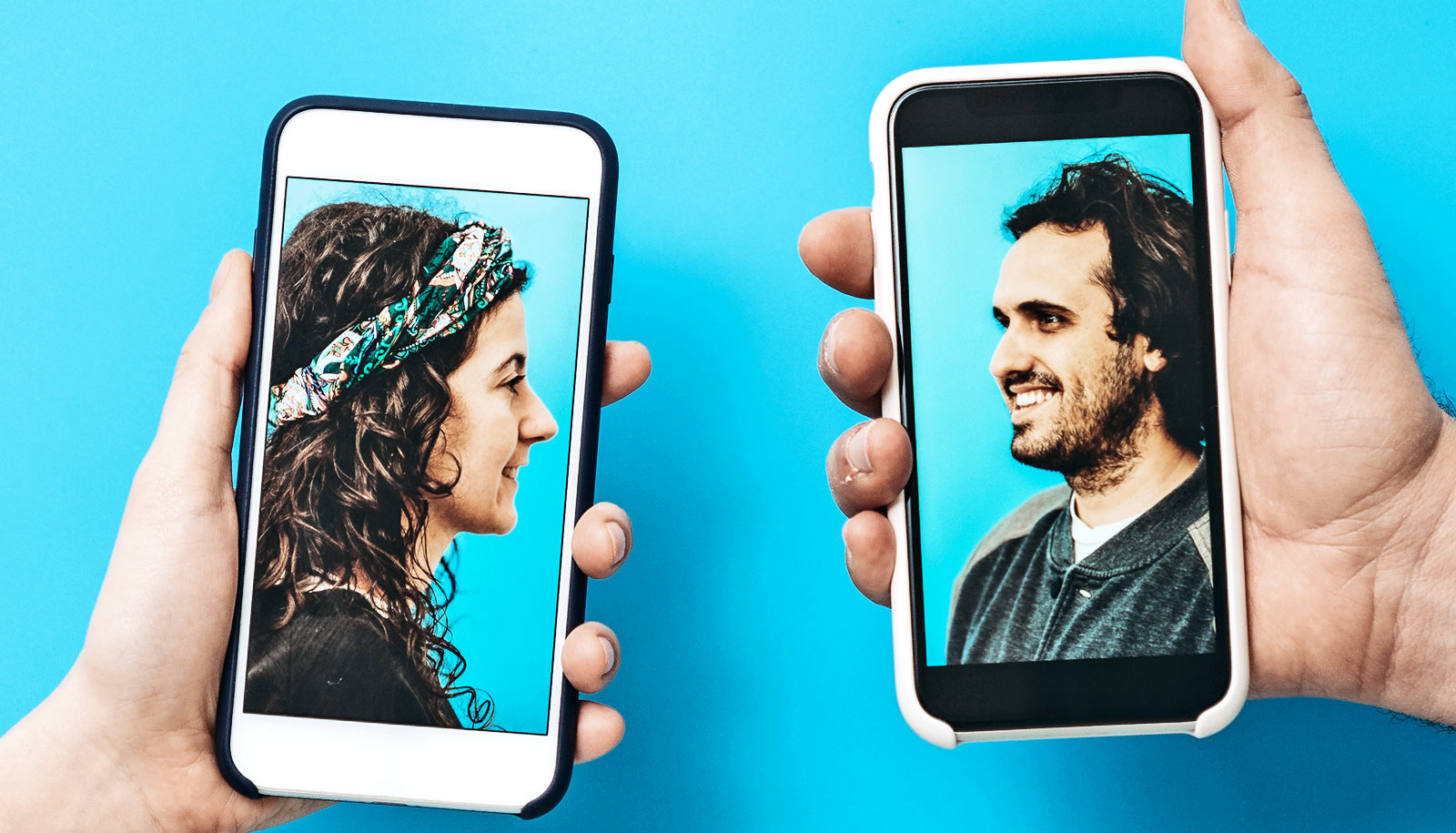People who report higher rates of anxiety and depression—but not loneliness—are more likely to use emerging digital sexual technologies, or “sextech,” a new study shows.
Sextech includes sending sexually explicit images or videos and visiting erotic webcam sites. The findings suggest that people with impaired mental health may use sexual technologies to experience temporary relief from their psychological distress, researchers say.
New technologies, including virtual reality, artificial intelligence, and shared online environments, already provide opportunities to explore new forms of social interaction and sexual fulfillment, says Alexandra Marcotte, lead researcher of the study and a postdoctoral research fellow at the Kinsey Institute at Indiana University.
“As the global need for innovative mental health resources and interventions increases, these emerging sexual technologies may provide relief for people with mental health struggles. This research provides an important pathway for expanding the scope of mental health interventions, particularly as technology becomes increasingly prevalent and accessible in everyday life.”
For the study, published in the International Journal of Environmental Research and Public Health, researchers surveyed more than 8,000 American adults to examine associations between mental health concerns and online sexual behavior, particularly engagement with novel forms of sexual technology.
Most study participants who reported greater depression reported more sextech use. This included men of all sexual orientations, as well as heterosexual women. However, among lesbian and bisexual women, depression was not significantly related to their sextech use.
Similarly, increased anxiety was associated with greater use of various types of sextech for the overall sample and for men of all sexual orientations. Lesbian and bisexual women who reported higher anxiety used more forms of sextech, but heterosexual women’s anxiety was unrelated to their sextech use.
The researchers also sought to examine the common belief that online sexual experiences may be an alternative to social engagement, and may be a behavioral response to feelings of psychological loneliness.
Contrary to this expectation, the study found that participants who reported high levels of loneliness were less likely to engage with sextech, unlike the pattern for participants reporting high levels of anxiety and/or depression.
A common misconception is that people turn to the internet for romantic or sexual connection because they are incapable of forming relationships face-to-face, says Amanda Gesselman, associate director for research at the Kinsey Institute.
“Our results provide evidence to the contrary, suggesting that online sexual spaces aren’t functioning as ‘last resorts’ for people who haven’t been able to form sexual relationships in real life,” says Gesselman, who was also involved in the research.
“Instead, it’s likely that many users in these spaces do have social support and adequate social networks, but they’re turning to online sexual technologies for a unique boost to their psychological mindset.”
The most commonly used form of sextech was sending sexually explicit images or videos, i.e., sexting, reported by 30% of the study participants. Nearly 1 in 5 participants (18%) had visited a camming website. Other forms of sextech that participants engaged with included: playing sexually explicit RPGs or online video games (14%), participating in a camming stream (12%), accessing VR pornography (11%), using a teledildonic accessory (9%), and exchanging sexually explicit messages with a chatbot (9%). Within the sample, 79% of men and 51% of women reported using some form of sextech. Also, 61% of heterosexual and 83% of gay/bisexual participants had used sextech.
Docler Holdings LLC independently funded the study, which was conducted online with data collected by Prodege, a third-party data collection firm. Participant recruitment reflects demographics of the US population as estimated by the US Census Bureau.
Additional researchers are from the University of New Mexico, the Indiana University Bloomington College of Arts and Science, and the Kinsey Institute.
Source: Indiana University


